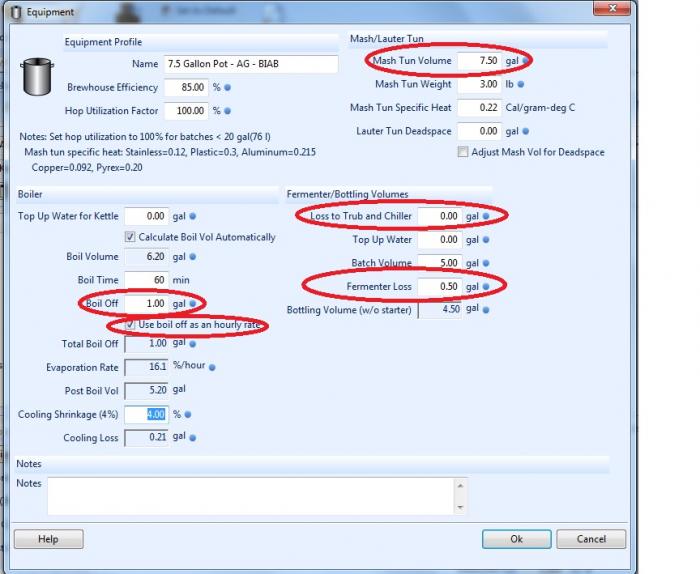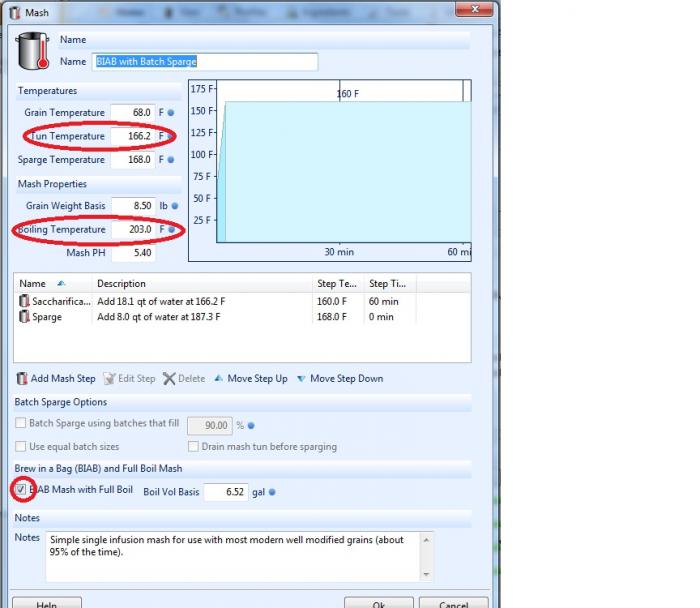ThatGeekGuy
Well-Known Member
Go to Home Depot, pick up 2 white food-grade 5g buckets and drill a bunch of 3/16-1/4" holes in the bottom of one of them. Nest the drilled bucket inside the other bucket. Mash as normal with as much water as you can fit in your kettle, then pull the bag o' grains, set it inside the bucket with bag draped over the side, pour cold water over the top of grain, which will drain thru the holes into the catch bucket below. Dump sparged wort into kettle. Total cost would be about $8. Or, if you have an extra Ale Pail, use that as your catch bucket and just pick up one 5g bucket for drilling holes. Sparging with this method, coupled with a decent crush, will net you 80-85% efficiency.
If you have a third bucket, you can use it to push down on the grain bag and squeeze out even more worty goodness....





![Craft A Brew - Safale S-04 Dry Yeast - Fermentis - English Ale Dry Yeast - For English and American Ales and Hard Apple Ciders - Ingredients for Home Brewing - Beer Making Supplies - [1 Pack]](https://m.media-amazon.com/images/I/41fVGNh6JfL._SL500_.jpg)






















































